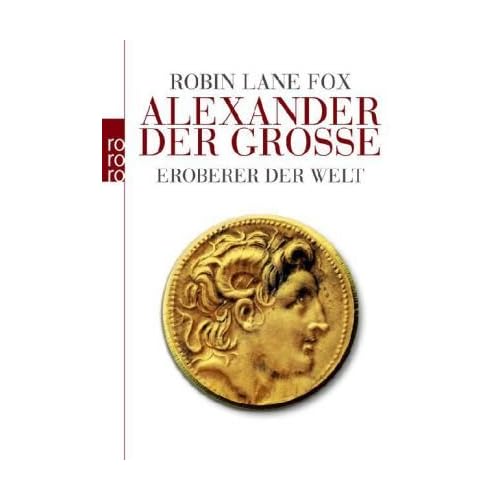Rosetta Stone - British Museum
The Rosetta Stone, c. 196 B.C.E.
Rosetta Stone : Experts expose FYROM's hoax - YouTube
Rosetta Stone, 196 B.C.E., granite, 114.4 cm x 72.3 x 27.9 cm or 45 x 28.5 x 11 in. (British Museum, London)
Speakers: Dr. Beth Harris and Dr. Steven Zucker
The stele fragment is inscribed, in three languages, with a decree issued by priests in support of the king, Ptolemy V. The top register is written in hieroglyphs, the middle register uses demotic, and the bottom is incised in Greek.
When the stele fragment was found by a Napoleonic soldier in the town of Rashid (Rosetta) in 1799, knowledge of both hieroglyphs and demotic, had been lost. In 1801, the French expedition to Egypt was forced to surrender to British forces and to hand over the antiquities they had collected. The Rosetta stone was put on display in the British Museum the following year.
A full translation of the Greek appeared in 1803 by which time the demotic text was partially translated. By 1822, the French classicist and linguist, Jean-François Champollion, had made significant strides in translating the hieroglyphs, and by 1824, afforded modern scholars the opportunity to read the sacred writing of ancient Egypt.
Hippokrates
